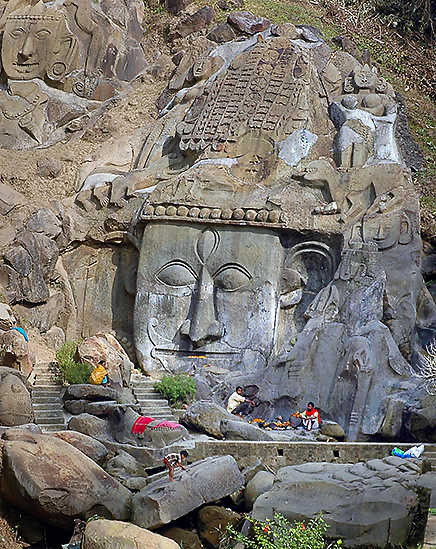Free Courses Sale ends Soon, Get It Now


Free Courses Sale ends Soon, Get It Now



Copyright infringement not intended
Context:
Gujarat’s Vadnagar town, the iconic Sun Temple at Modhera, and the rock cut sculptures of Unakoti in Tripura have been added to the tentative list of UNCESO World Heritage Sites.
Details:
Sun Temple at Modhera
Gujarat’s Vadnagar town
Unakoti in Tripura
https://epaper.thehindu.com/Home/ShareArticle?OrgId=GH8ALJ1T7.1&imageview=0
© 2024 iasgyan. All right reserved